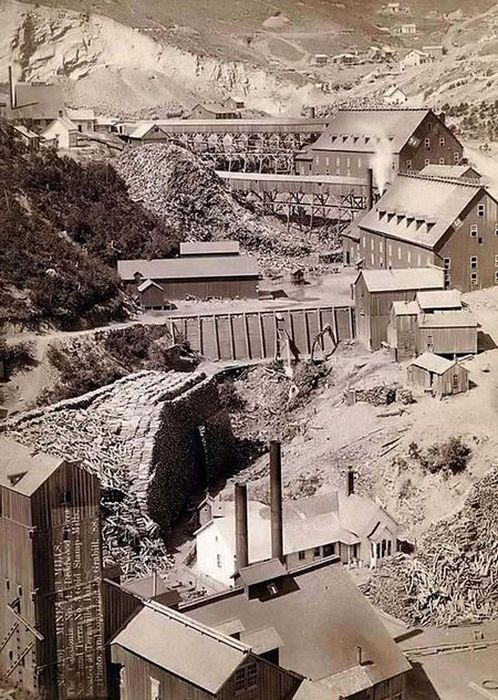|
|
History: American Old West, United States
|
A major role of the federal government was sending out surveyors, naturalists, and artists into the West to discover its potential. Following the Lewis and Clark expeditions, Zebulon Pike led a party in 1805-6, under the orders of General James Wilkinson, commander of the western American army. Their mission was to find the head waters of the Mississippi (which turned out to be Lake Itasca, and not Leech Lake as Pike concluded). Later, on other journeys, Pike explored the Red and Arkansas Rivers in Spanish territory, eventually reaching the Rio Grande. On his return, Pike sighted the peak named after him, was captured by the Spanish and released after a long overland journey. Unfortunately, his documents were confiscated to protect territorial secrets and his later recollections were rambling and not of high quality. Major Stephen H. Long led the Yellowstone and Missouri expeditions of 1819-1820, but his categorizing of the Great Plains as arid and useless led to the region getting a bad reputation as the "Great American Desert", which discouraged settlement in that area for several decades.
In 1811, naturalists Thomas Nuttall and John Bradbury traveled up the Missouri River with the Astoria expedition, documenting and drawing plant and animal life. Later, Nuthall explored the Indian Territory (Oklahoma), the Oregon Trail, and even Hawaii. His book A Journal of Travels into the Arkansas Territory was an important account of frontier life. Although Nuthall was the most traveled Western naturalist before 1840, unfortunately most of his documentation and specimens were lost. Artist George Catlin traveled up the Missouri as far as present-day North Dakota, producing accurate paintings of Native American culture. He was supplemented by Karl Bodmer, who accompanied the Prince Maximilian expedition, and made compelling landscapes and portraits. In 1820, John James Audubon traveled about the Mississippi Basin collecting specimens and making sketches for his monumental books Birds of America and The Viviparous Quadrupeds of North America, classic works of naturalist art. By 1840, the discoveries of explorers, naturalists, and mountain men had produced maps showing the rough outlines of the entire West to the Pacific Ocean.
• Mexican rule and Texas independence
Criollo and mestizo settlers of New Spain declared their independence in 1810 (finally obtaining it in 1821) from Spain's crumbling American colonial empire in the Americas (which were not yet thought of as being divided in North, Central and South America), forming the new nation of Mexico which included the New Mexico territory at its north. A hoped for result of Mexico's independence was more open trade and better relations with the United States where previously Spain had enforced its border strictly and had arrested American traders who ventured into the region. After Mexico's independence, large caravans began delivering goods to Santa Fe along the Santa Fe Trail, over the 870-mile (1,400 km) journey which took 48 days from Kansas City, Missouri (then known as Westport). Santa Fe was also the trailhead for the "El Camino Real" (the King's Highway), a major trade route which carried American manufactured goods southward deep into Mexico and returned silver, furs, and mules northward (not to be confused with another "Camino Real" which connected the missions in California). A branch also ran eastward near the Gulf (also called the Old San Antonio Road). Santa Fe also connected to California via the Old Spanish Trail.
|
|









